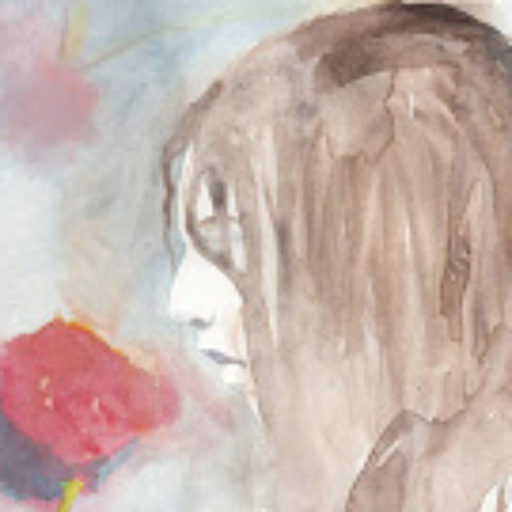For the most part, the character sketches in The Book of Other People, edited by Zadie Smith, portray characters who are stuck and the writers do not offer the reader hope of their redemption. There is more emphasis on flaw than compliment or possibility. This is fine, I suppose; there is a reality in that. I like prose that is well-written, regardless of the author’s tone or the mood of the piece. It is fascinating to read characters who are corrupt and without redemption, and there is value in looking at the darker side of human nature. This anthology, a collection of character sketches, varies markedly in style, from comic book to straight prose description, and demonstrates a multiplicity of ways to create character. I’ve struggled with writing this paper, though I did come away from this book with (if not an epiphany), at least a reaction from that part of my brain that mulls over the questions regarding the why of my writing life. I’d like to look closely at a few of the sketches, before I share that with you. Three pieces that speak to the differing possibilities for creating character can be found in a closer look at David Mitchell’s “Judith Castle”, George Saunders’ “Puppy”, and Dave Eggers “Theo”.
“Judith Castle” is a first person unreliable narrative that relies on stream of consciousness and interaction with minor characters to demonstrate that unreliability. In seeing how Judith thinks throughout, the big lie we learn she’s been telling herself in the end does not surprise us. We see example after example of how she ignores the truth and constructs her own reality, how she justifies her actions, examples of her distorted perception of herself. Oh, but we are moved by how pathetic she appears in the end sitting in the lobby of a man’s office, a man who faked his own death to evade her, who she has constructed this elaborate fantasy of true love about. She is finally revealed for how pathetic and blind she is. We see her vulnerability, wonder if she is even capable of the truth, consider how the knowledge of it might destroy her and are moved to pity. The entire story is in Judith Castle’s point of view, yet we are able to see through her self-deceptions and delusions.
In George Saunders’ “Puppy”, we are able to see the lack of ability to see herself clearly that Callie possesses. We see this because we see her and her home through the eyes of the Marie, who is the second narrative voice in the sketch. We see the filth she lives in. We see the awful image of her hyperactive son tied up in the back yard. The point of view is third person limited omniscient and switches between being in Marie’s point of view and Callie’s. When Callie asks “Who loves him more than anyone else in the world loved him” (179) ,referring to her son who is chained like a dog in the back yard, we see the complexity of the situation for having seen both what Callie sees and how she lives and what Marie sees and how she lives. They are both of them pathetic in their own ways. Neither character sees herself clearly. We see both of them from the perspective of self and other.
Theo, the main character of Dave Eggers’ “Theo” is an allegorical character, a mountain that wakes along with two other mountains. He is one of two males in the trio and is heart-broken when the she-mountain, Magdalena, does not choose him for a love, but chooses the third mountain, Soren, instead. Theo has no specific dialogue and is painted without much specificity in form or nature. The reader is left to imagine him as we may, which works, since the idea is that Theo could be any man (or woman for that matter), “One day he discovered he was not satisfied. He wanted the full attention of love. ..He walked over glaciers and through unknown craters, he bathed in cold black lakes, and he caught flocks of birds from the sky and ate them with something like hunger.” The word painting is broad and there is a fairytale quality in word choice. There is no actual dialogue; any conversations that occur are summarized.
There are twenty three sketches in the anthology, all offering some variation on character creation. The very first pages of my novel were in third person. It took me several months to realize that first person was going to make for a more powerful voice. The narrator has to be reliable, of course, since the story is an honest reflection on her own transformation. I’m happy with that.
How did this book stir my musings about the how and why of writing? In a philosophical way more than from a point of craft. I do want to create characters who are real, flawed, but I’ve had enough of bleak “realities” regarding the various characteristics that make us human. I am interested in writing books that emphasize our potential without ignoring the reality that life is struggle and we are
Interested in hiring me as a coach to get you boosted with your writing goals?
Find free resources and information here.
Some past posts to keep you making time:
Adjust your pace accordingly.
It’s about the routine and how you shake up the routine
There are things you will have to give up
See it to achieve it
Washing the dishes
Write slowly
A celebration of the pause
Monday, a run through the driving rain
Zen accident
Get out of your comfort zone
